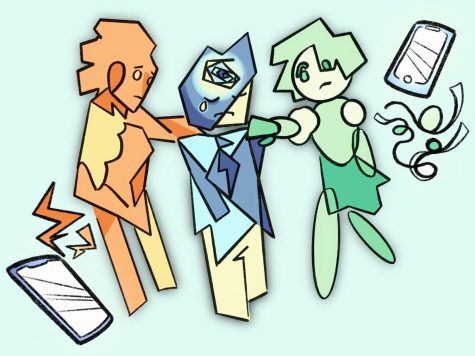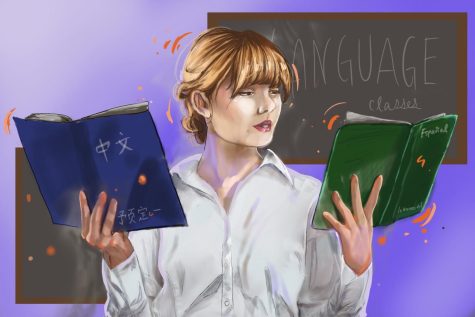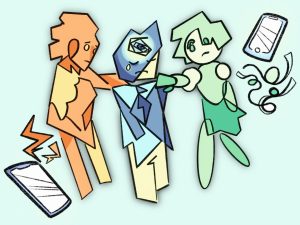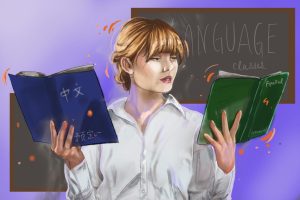How we should invest in innovation
March 20, 2023
Editor’s note: This column was submitted by a member of the UT community.
My dad is a physics professor and my older brother was a physics major, so naturally, I was adamant about staying as far away from physics as I could. Even still, I always knew I wanted to go into STEM. In high school, I volunteered at an after-school program for economically disadvantaged elementary school students. One day, they marched into the classroom, proudly carrying potted flowers they’d gotten in school. They tore the petals off the flowers and clambered to bury them in the dirt outside, wanting to grow more flowers. Their excitement was contagious, but I couldn’t help but think about how my house was always full of science books from the library, how my parents both had graduate degrees in STEM fields and how I’d always been encouraged to pursue STEM at an early age in ways they never were.
It’s impossible to guess where to direct funding to maximize impact and innovation. Though someone might claim to, no one knows where the next big thing is going to come from. But one bet that’s always safe is investing in the innovators of the future.
STEM education outreach has been a part of my life for years, and now as president of Student Engineers Educating Kids, I direct almost 200 UT students to mentor around 300 elementary and middle school students who are primarily from Title I campuses, schools where more than 40% of the students are classified as low-income, in weekly sessions. It’s so exciting to watch a kid take a project as their own and run with it. It’s irreplaceably rewarding to watch their lightbulb light up, both figuratively and literally. As a mentor, you discover new ways to explain and engage students. As a leader, you trade direct impact for indirect, but also discover ways, like leveraging technology, that you can use to amplify your effect.
Even as technology surges forward, there’s still nothing, not even artificial intelligence, that can replace one-on-one human connection. In SEEK, as in code, there are always bugs to work out, dependencies to manage and functions to optimize. One of the hardest problems is redirecting limited resources (read: computing power) toward important issues, namely expansion, instead of spending time floundering on problems that can be abstracted away with simple computer programs. If we can use technology to lighten the logistical load, we can spend more time on people’s problems.
Perhaps my interest in the human element of STEM has led me to aim for a career in healthcare and biotechnology, an area riddled with infinite problems but propelled by constant innovation. In Dr. Emily Porter’s lab, I spent time working on a novel tumor detection technology. Using simulations run on Texas Advanced Computing Center’s supercomputers, I measured the dielectric properties of inhomogeneous tissue (e.g. breast tissue with tumors) with an open-ended coaxial probe to assess the viability of the technique, which is much faster and cheaper than current tumor detection technology.
Every day, extraordinary research is done by UT students and faculty, building the foundations for the future. It’s always inspiring to ask an academic about their research; their excitement and passion for their work are absolutely contagious, even when the topic may seem like the most boring thing in the world to the layman. To me, the most exciting frontier in innovation is not the technology but the people. The kids who are now sitting in classrooms struggling to understand the difference between kinetic and potential energy will be the ones conducting research in university labs in a few years, and in just a couple more, they’ll be the ones revolutionizing the world.
Liu is president of UT Students Engineering Educating Kids and an electrical and computer engineering senior from Colleyville, Texas.











